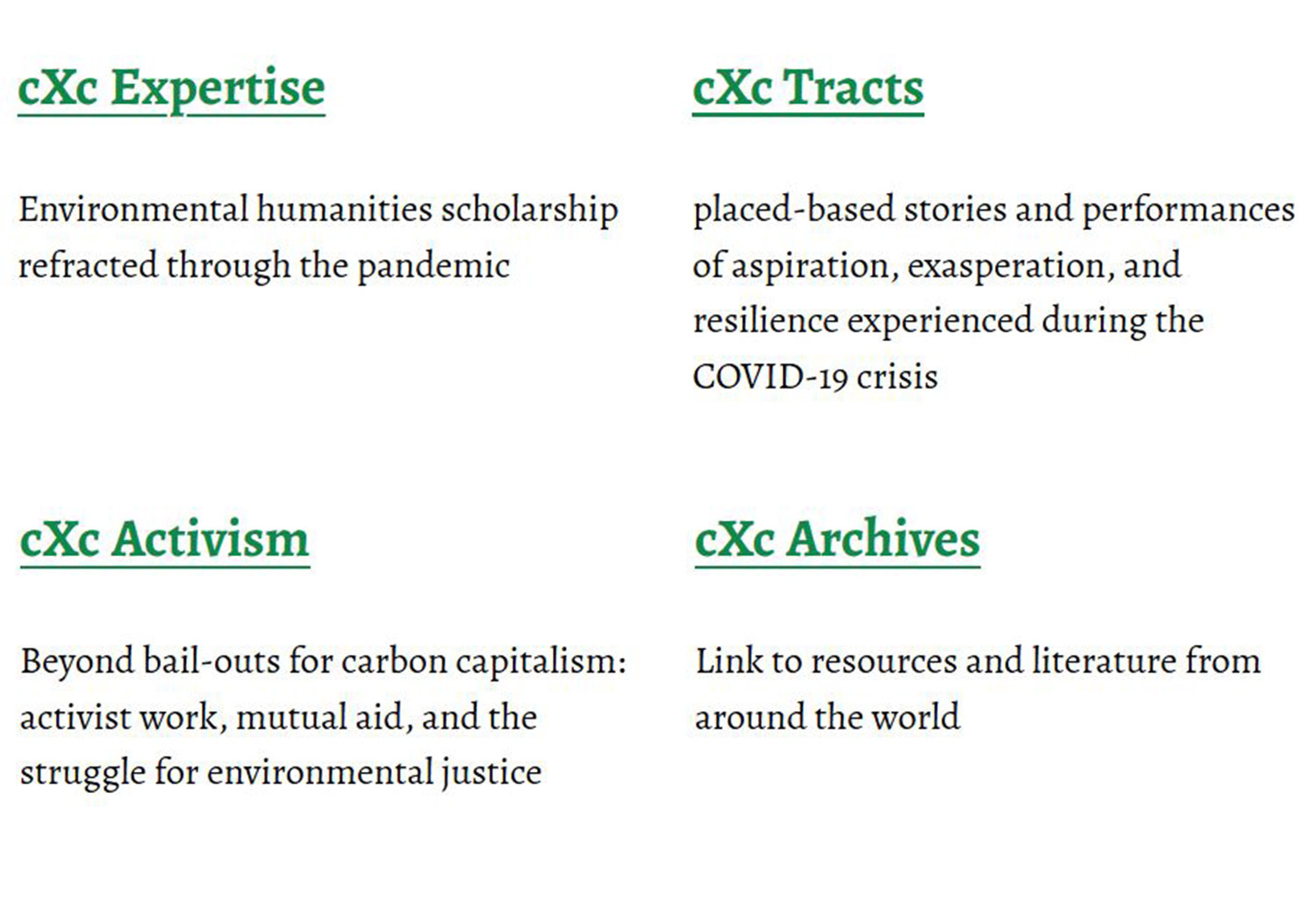covid X climate
A collaborative public project between Prof. Anne Berg, PPEH graduate research fellow Knar Gavin, and PPEH faculty & staff to invite short responses to the question “What’s this pandemic got to do with climate change?”
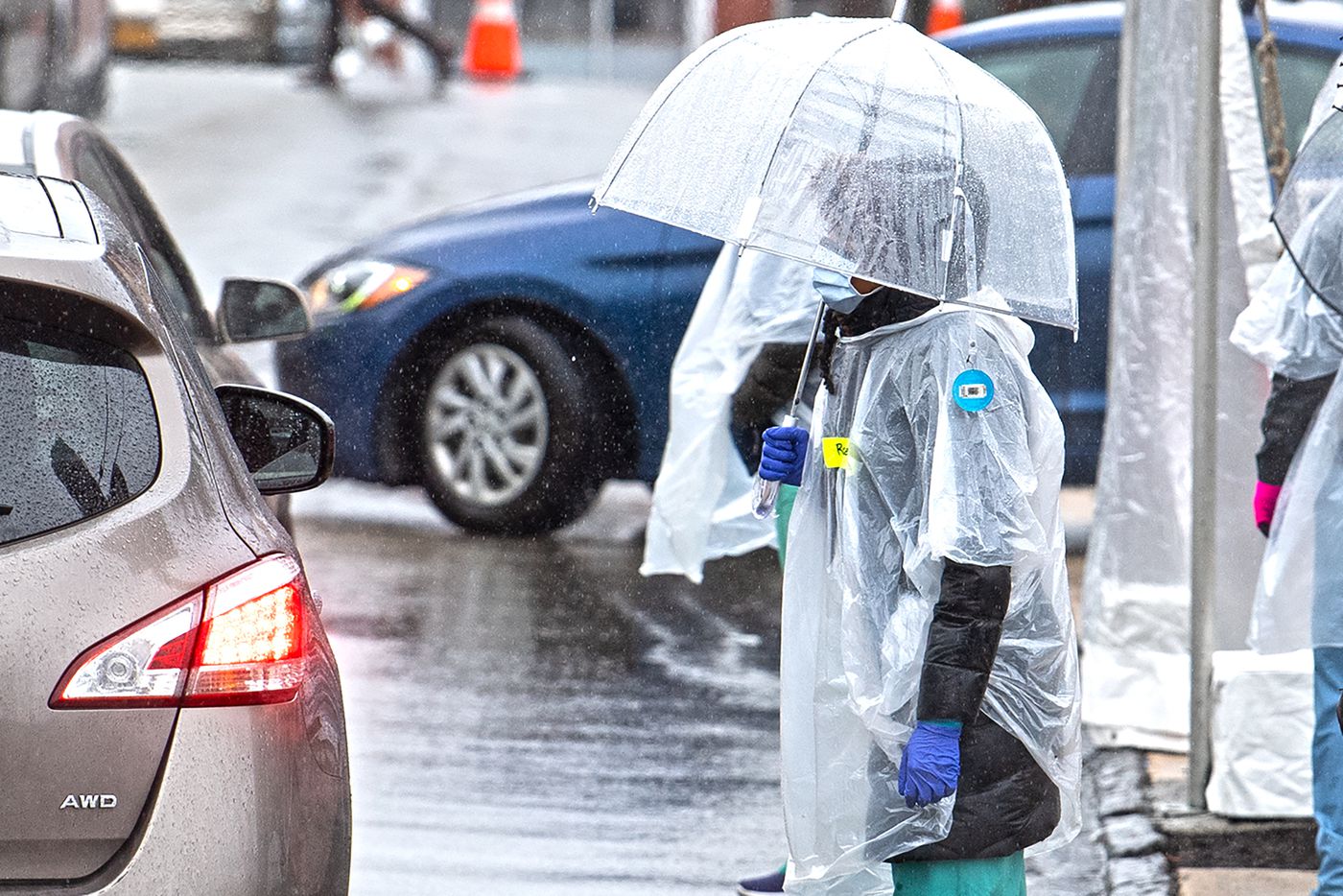
(Image credit: Jose F. Moreno, Philadelphia Inquirer Staff Photographer)
covid X climate invites short responses to the question “What’s this pandemic got to do with climate change?” For the first phase of this project, we welcome remotely recorded entries 3-4 minutes in length and/or written responses of 500-700 words. The archive of cXc responses will be housed in an open access digital gallery; its catalogue may include mono- or dia-logues, virtual performance pieces, talking head lectures, poetry readings, and other audiovisual/textual responses. Materials must be submitted via this submission form and indicate the cXc channel (more below) for which they are intended. Faculty and student curators are particularly interested in responses that offer locally situated perspectives on this global pandemic. How might such perspectives open into a more complete understanding of what is entailed in prioritizing health and wellness within an intensely unequal and climate changing world? What tools of thought and action might we gather in the present to press forward amidst the deepening fault lines of racist and xenophobic modes of response?
As COVID-19 proliferated and was declared a global pandemic by the World Health Organization on March 11, it intersected with local disasters. On March 18, an earthquake in Utah of a magnitude of 5.7 shook the trumpet from the hands of the Angel Moroni atop the Temple of Latter Day Saints, closed the airport, forced the evacuation of the Marathon Petroleum refinery, and knocked out a coronavirus hotline serving Salt Lake City. On March 25, a magnitude-7.5 earthquake hit the ocean floor near Russia’s Kuril Islands and, as a wall of water raced across the ocean, NOAA's Honolulu-based Pacific Tsunami Warning Center issued inaccurate, conflicting information on the potential tsunami threat, compromising the prospects of preparedness for coastal populations.
These two natural disasters point to just some of the ways that COVID-19 multiplies harms, straining already weakened public infrastructure to the breaking point. In this regard, it bears more than a passing resemblance to the threats posed by the climate crisis and its “unnatural,” human-fueled disasters. Climate change is, in the final analysis, a heading for myriad, intersecting, and rapidly multiplying crises. Wildfire season still hasn’t begun yet this year. Maybe we’ll have “herd immunity” in time for hurricane season. Yet unemployment season is already upon us. How will we respond? Can we coordinate responses that exceed piece-meal scrambles and mitigate corporate wealth and resource grabs? How will our governments respond to the pandemic’s impact on precarious life in the global south as well as in the north, particularly in war zones and refugee camps where social and economic infrastructures are insufficient and where basic needs--housing, food security, medical care, safe drinking water, and disaster relief--often go unmet? What measures might be taken to advance the imperative to care for and steward more-than-human life?
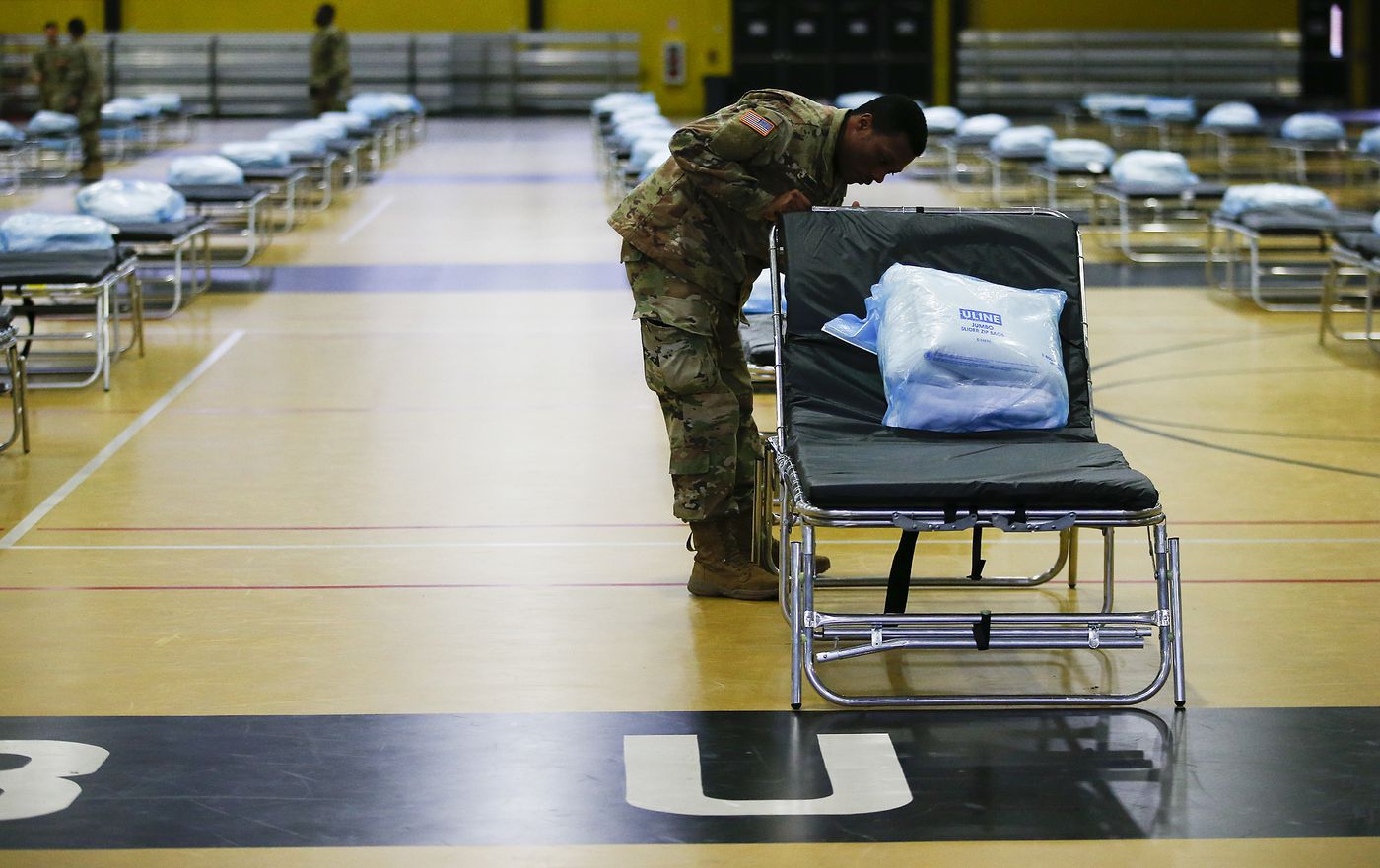
(Image credit: Yong Kim, Philadelphia Inquirer Staff Photographer)
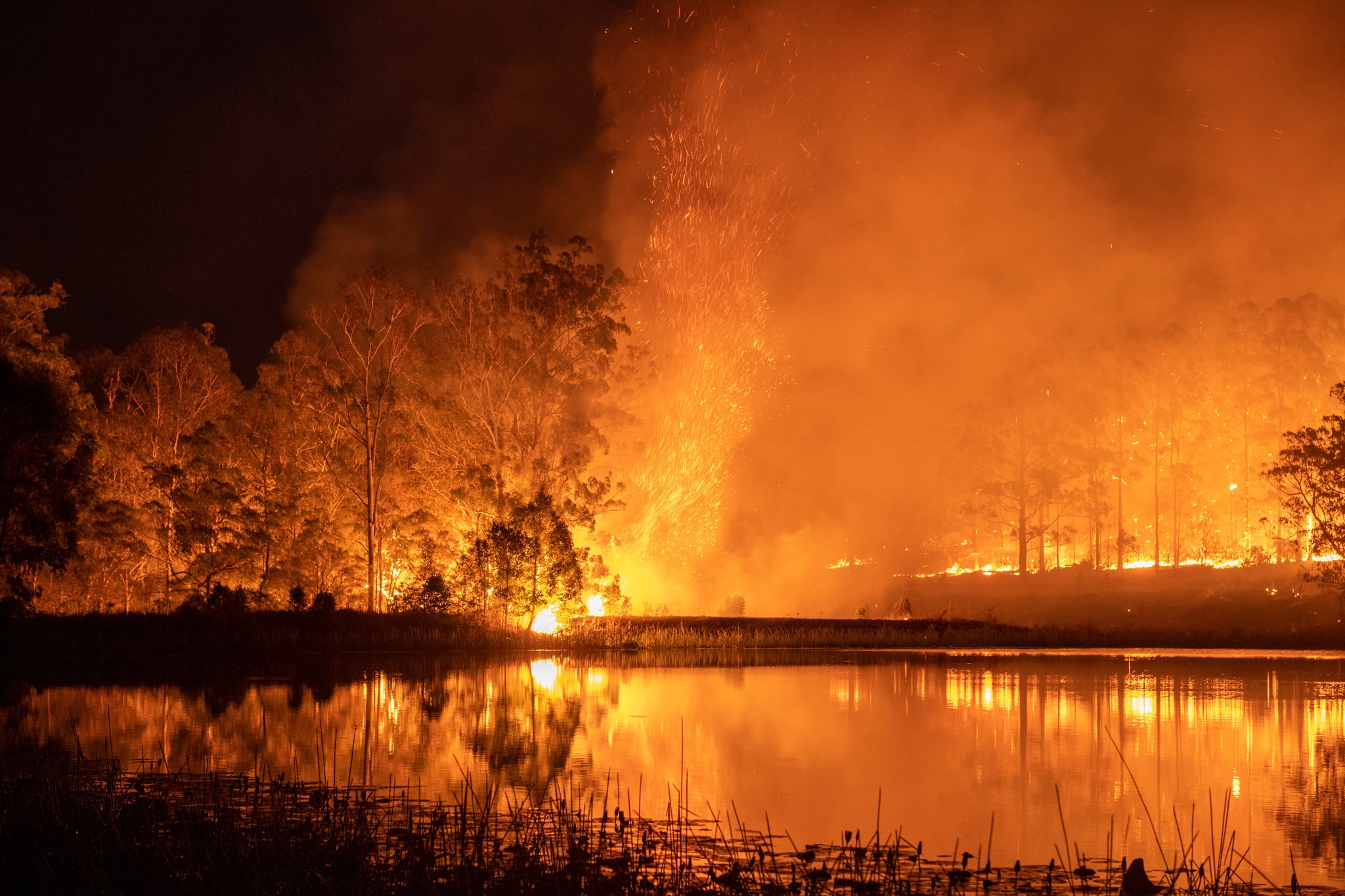
(Image Credit: Matthew Abbott for The New York Times)
In the current pandemic, links in global supply chains weaken; natural disasters compound the fractures. As global warming continues, “natural” disasters are increasing both in frequency and in degree. At present, if the next thirty years continue a trajectory that fails to reduce CO2 emissions the planet will warm by 3 degrees C (5.4 degrees F). As writer David Wallace-Wells and others project, 3 degrees warming will require a sum of disaster relief that will exceed global GDP by a wide margin.
COVID-19 provides a glimpse into a host of different possible futures--and certainly not all of them devastating. We can already imagine and write legislative proposals for more equitable worlds in which a guaranteed basic income, unemployment insurance, and universal health care no longer seems radical. In the United States, proposals have been made to earmark 1% of stimulus monies to conserve biodiversity. Possibilities no less than threats abound. But as of today, on April 1, the pandemic and many responses are exacerbating inequalities locally and across the globe.
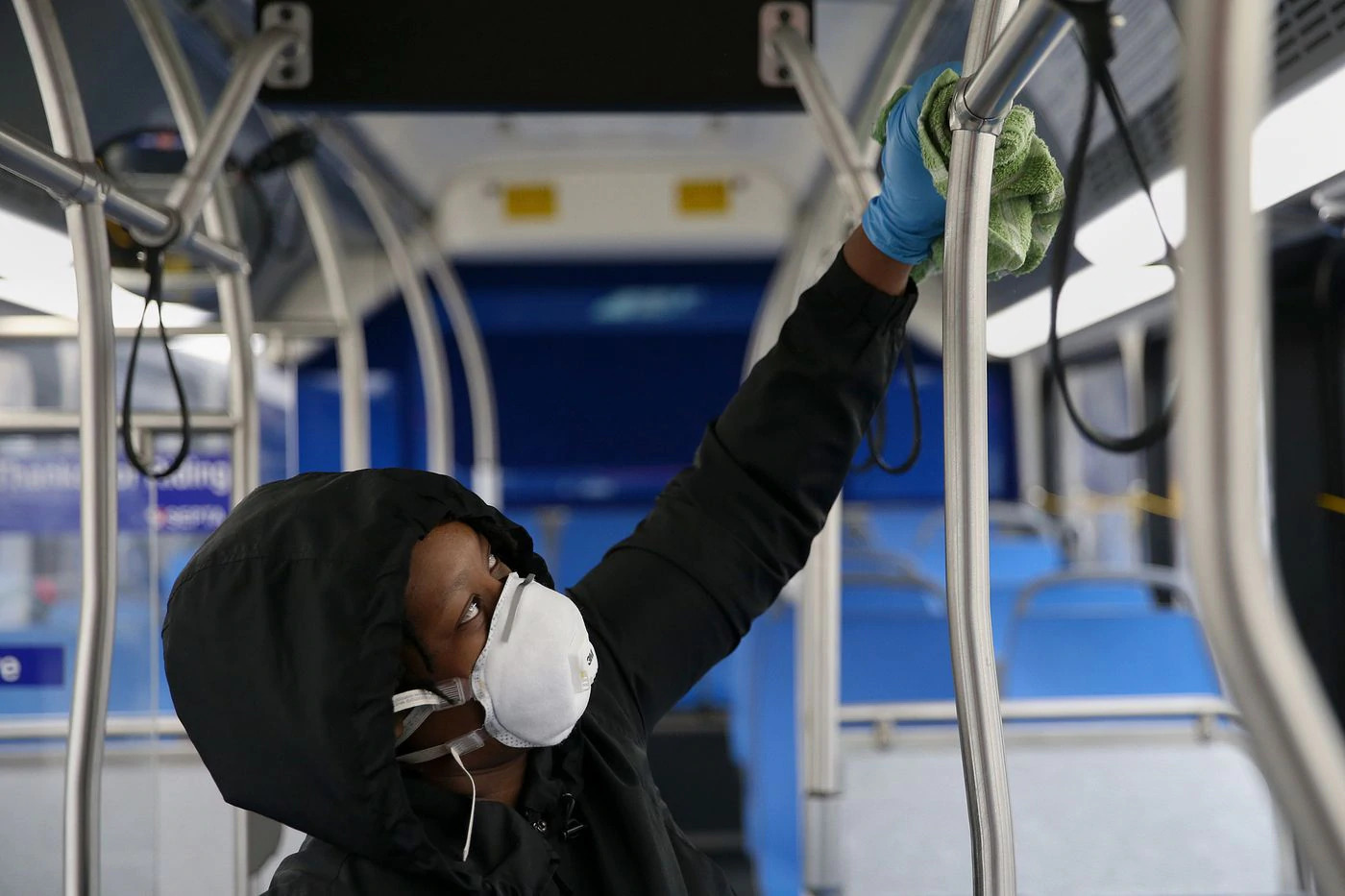
(Image credit: Tim Tai, Philadelphia Inquirer Staff Photographer)
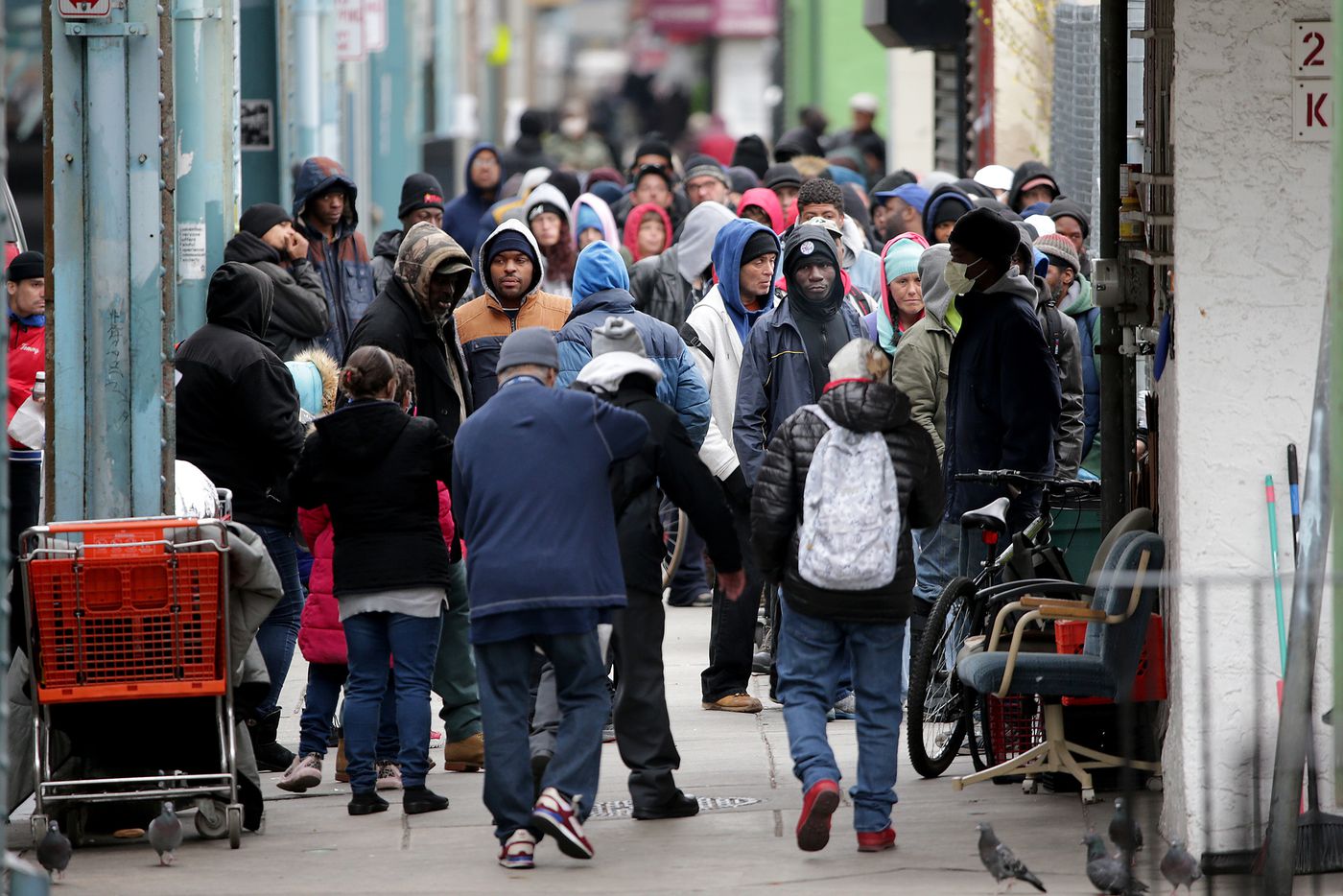
(Image credit: David Maialetti, Philadelphia Inquirer Staff Photographer)
In light of this tenuous situation, we invite thinkers—scholars (of all career stages), artists, activists, citizens of the world— to share their lived experience and expertise to collectively draw connections between COVID-19 and the set of convergent crises usually lumped under the heading of “climate change.” We, an incipient group of faculty and students in Philadelphia, hope that this egalitarian collection of responses can build an open-access, informed, place-sensitive, and response-able knowledge base and platform for action.
Submissions are being accepted and reviewed on a rolling basis. Those that follow scholarly standards and/or community best practices and provide a fresh lens on the issue will be published in our online gallery.
